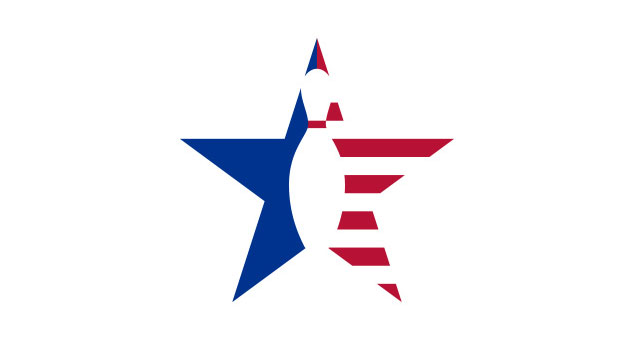USBC announces new verification requirements for pin manufacturers
March 01, 2010

The United States Bowling Congress has approved a new specification for bowling pin permit renewals. The change is designed to ensure that pins manufactured annually are comparable to the material of the originally approved pin.
The new specification requirement will be enforced for the 2010-11 season and only affects manufacturers.
"This specification will confirm that the materials within an approved pin do not change from year to year," USBC Vice President-National Governing Body Neil Stremmel said. "This includes the pin coat, clear coat and pin base material. It is important to verify that the scoring consistency of an approved pin does not change as the manufacturers produce pins for the start of each season."
Verification for the new pin specification utilizes infrared spectroscopy technology; specifically, an instrument called a Fourier Transform Infrared Spectroscopy (FT-IR). FT-IR uses energy to examine molecular bonds. When certain infrared wavelengths of light are absorbed, the instrument can confirm that a particular molecular bond is present.
"There are three main pieces in infrared spectroscopy: a light source, a sample and a detector," Stremmel said. "The source produces the energy, or light, needed to wiggle molecular bonds. The sample may absorb some of the radiation and the detector measures the light that is not absorbed. FT-IR is a useful laboratory technique for measuring the likeness of one material to another."
USBC researchers used several primary steps in the developmental phase of this specification. First USBC performed a repeatability study to determine the measurement accuracy of the instrument itself. Additionally, USBC examined manufacturing variability of the material used throughout the pin itself and from one pin to another. With this data, USBC knows a quantified percent similarity that should be expected from pin to pin.
"Our team spent months scientifically determining and verifying a pin's expected percent of similarity," USBC Research Chemist Lanna Longorio said. "We have since notified the pin manufacturers of their new requirements and we expect this will add another layer of scoring integrity to the sport."
The new specification requirement will be enforced for the 2010-11 season and only affects manufacturers.
"This specification will confirm that the materials within an approved pin do not change from year to year," USBC Vice President-National Governing Body Neil Stremmel said. "This includes the pin coat, clear coat and pin base material. It is important to verify that the scoring consistency of an approved pin does not change as the manufacturers produce pins for the start of each season."
Verification for the new pin specification utilizes infrared spectroscopy technology; specifically, an instrument called a Fourier Transform Infrared Spectroscopy (FT-IR). FT-IR uses energy to examine molecular bonds. When certain infrared wavelengths of light are absorbed, the instrument can confirm that a particular molecular bond is present.
"There are three main pieces in infrared spectroscopy: a light source, a sample and a detector," Stremmel said. "The source produces the energy, or light, needed to wiggle molecular bonds. The sample may absorb some of the radiation and the detector measures the light that is not absorbed. FT-IR is a useful laboratory technique for measuring the likeness of one material to another."
USBC researchers used several primary steps in the developmental phase of this specification. First USBC performed a repeatability study to determine the measurement accuracy of the instrument itself. Additionally, USBC examined manufacturing variability of the material used throughout the pin itself and from one pin to another. With this data, USBC knows a quantified percent similarity that should be expected from pin to pin.
"Our team spent months scientifically determining and verifying a pin's expected percent of similarity," USBC Research Chemist Lanna Longorio said. "We have since notified the pin manufacturers of their new requirements and we expect this will add another layer of scoring integrity to the sport."





